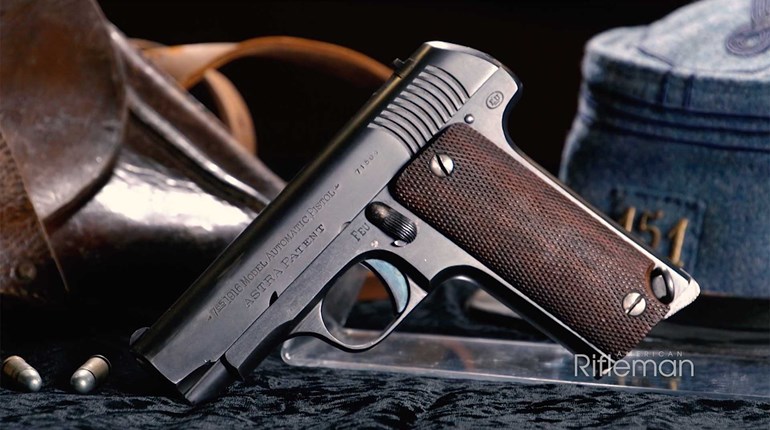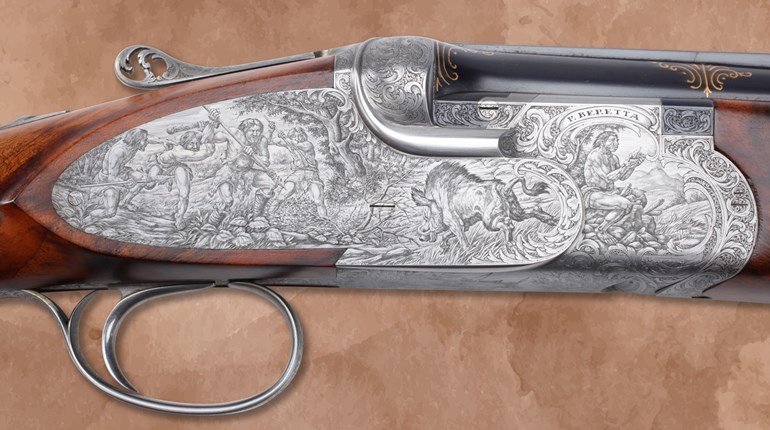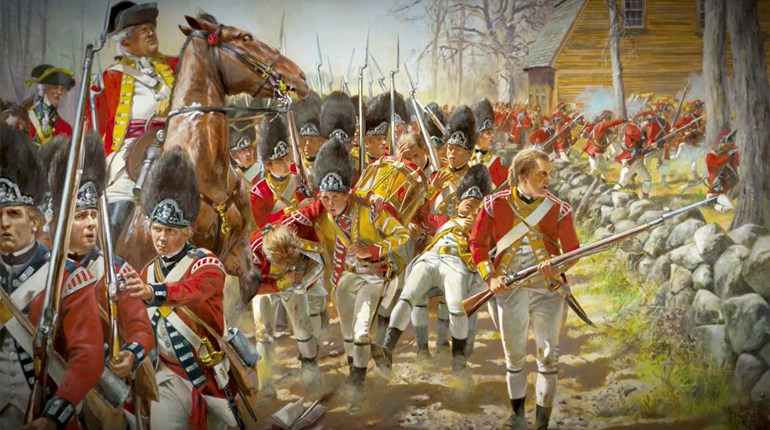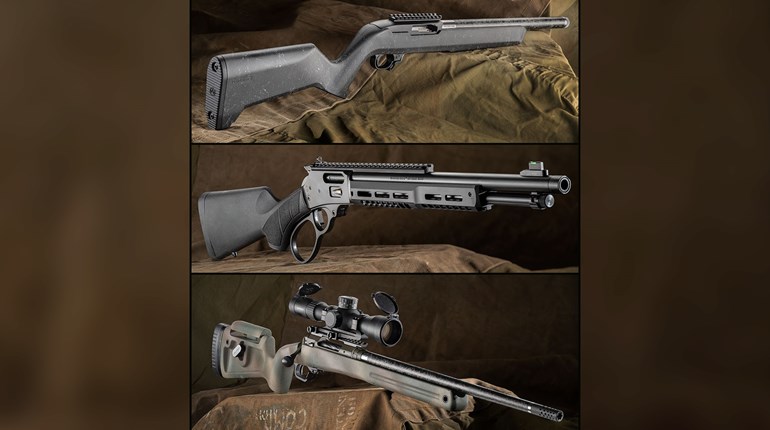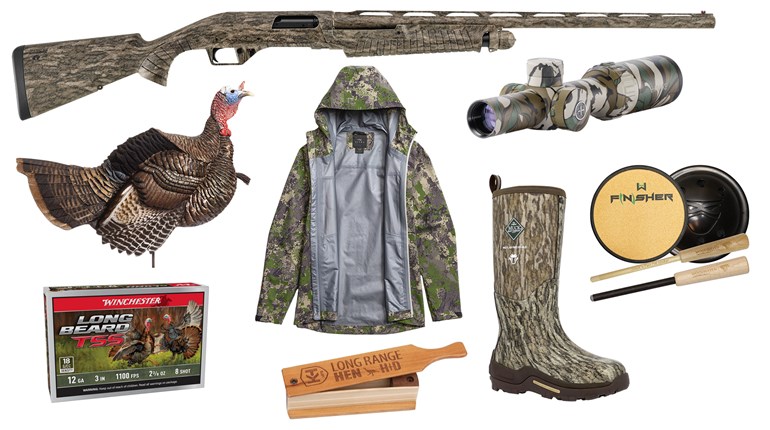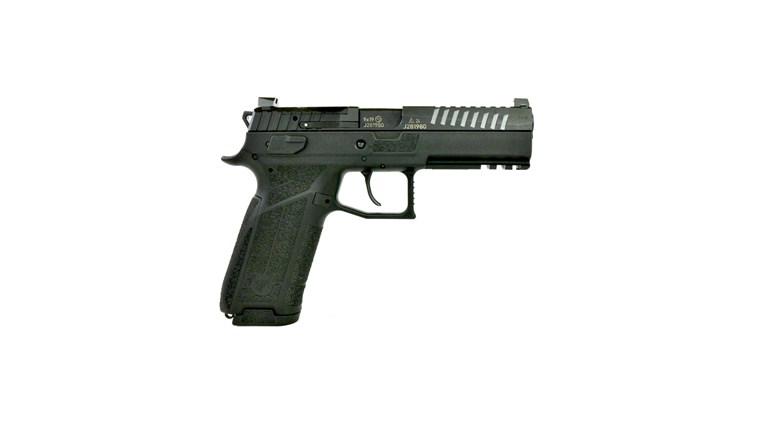
Frequent readers of this column may have picked up on the fact that my interest in firearms came from watching them as they were used on television. Rainy Saturday afternoons were spent lying on the floor staring at the old black-and-white Zenith in the corner of the living room. Only commercials and my mother’s insistence that I was too close to the TV interrupted my escape into the colorful battles of the past. I fell in love with Webley revolvers watching “Lawrence of Arabia” (1962), the Colt 1860 Army watching “The Outlaw Josey Wales” (1976) and the Martini-Henry rifle watching “Zulu” (1964).
It wasn’t until last April that I actually got to shoot a Martini-Henry for the first time at the 20th Annual Victorian Riflemen Shoot in Easton, PA. Shooting a Mk II made in 1878 exceeded my wildest expectations. One of the highlights of the shoot was meeting Neil Aspinshaw, author of “The Martini-Henry: For Queen & Empire.” His 2019 book on the Martini-Henry is the definitive source for information on this iconic rifle of the late 19th century. So, let’s delve into the history of Lt. John R.M. Chard, VC’s .450 miracle, made famous to younger generations in “Zulu.”
Every victorious army needs an edge to win battles. In the 1860s, the armies of the world were clamoring for just that edge, and the evolution of weaponry was about to provide that advantage. It was the dawn of the age of the self-contained metallic cartridge and breechloading rifles. In the United States, a few months after Appomattox, Erskine S. Allin patented a conversion of the U.S. Springfield rifle into a breechloading arm. At the same time, American-born Jacob Snider’s design to convert the British Pattern 1853 rifle into a breechloader was adopted by the Board of Ordnance. The conversion to breechloading-cartridge-firing rifles increased the soldier’s rate of fire from three rounds per minute with the percussion muzzleloaders to a rifle that could fire nearly 10 rounds a minute.
Converting old muzzleloaders to breechloaders was purely an economic endeavor. Both the U.S. and Great Britain had hundreds of thousands of obsolete muzzleloaders in their armories, and converting them saved millions of dollars/pounds sterling. By 1870, however, it was apparent that both countries needed a rifle that was more than a conversion. Advancements in cartridge design and manufacture culminated in the adoption of a blackpowder round in .45-caliber that proved to deliver accuracy and range greater than the old .58/.577 rounds then currently in use. While the Americans redesigned the Springfield into a .45-70 Gov’t. “trapdoor” rifle, the British adopted an entirely new rifle: the .577/.450 Martini-Henry.
The Martini-Henry was a breechloading rifle that employed a pivoting breechblock designed by Austrian Friedrich von Martini and polygonal rifling designed by Scotsman Alexander Henry. Martini’s pivoting-block action was an improvement over one previously patented by Massachusetts-born Henry O. Peabody. The Martini action had an internal hammer and striker versus Peabody’s external hammer and firing pin, which was similar to the trapdoor design.

The British Board of Ordnance adopted the Martini-Henry in 1871 initially chambered in the .577/450 Boxer-Henry cartridge. It weighed 8.5 pounds, was 49 inches overall in length and had a 33-inch barrel. It was designed to accept a sword-style bayonet or a socket-style with a triangular blade. From 1871 to 1889 it was the standard service rifle of the British Empire. It was most notably used during the Anglo-Zulu war of 1879, but stayed in service in various capacities until the end of World War I.
The Martini-Henry rifle, like the Trapdoor Springfield, experienced “growing pains” with its ammunition from the outset. It took some trial and error to work out the inherent flaws in the initial ammo designs of both rifles.
A .45-caliber bullet with a charge of 85 grains was deemed most effective for range and accuracy by the Board of Ordnance. Designing a cartridge that would hold 85 grains of blackpowder created a rather long cartridge case. Boxer designed a bottlenecked cartridge whose base was the same as the .577 Snider-Enfield cartridge and made with a coiled brass foil with a paper-patched bullet in a much shorter chamber than a cartridge without a bottleneck.
The cartridge was soon found to be troublesome when the thin brass foil would expand in the chamber upon firing and adhere to the chamber walls, making it difficult if not impossible to extract without tearing the base off the cartridge—rendering the gun useless. The improved cartridges, the .577/450 Martini-Henry Mks II and III, alleviated this issue as did the introduction of a longer lever to provide better torque, but it wasn’t until 1885 with the introduction of the solid-drawn brass cartridge that the issue was settled permanently.
The introduction of nitrocellulose—smokeless powder—in 1884 signaled the end of the single-shot, breechloading rifles of the era. In 1889, the Board of Ordnance adopted the .303-caliber, magazine-fed rifle designed by James Paris Lee, the Lee-Metford rifle, ending the brief but illustrious era of the Martini-Henry.
It continued to see service as a secondary standard arm for many decades following the adoption of the Lee-Metford and Lee-Enfield rifles. It was even seen in weapons caches in current-day battlegrounds, most notably in Afghanistan, more than 130 years after its introduction.













